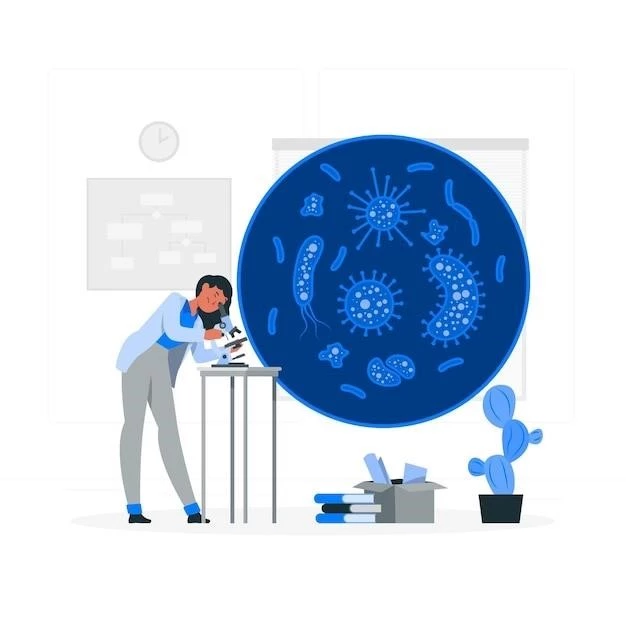The phenotypic spectrum of X-linked severe combined immunodeficiency (X-SCID) ranges from typical X-SCID (early-onset disease) to atypical X-SCID.
The phenotypic spectrum of X-linked severe combined immunodeficiency (X-SCID) ranges from typical early-onset disease in males to later-onset atypical forms characterized by variable immunodeficiency and immune dysregulation.
Introduction to X-Linked Severe Combined Immunodeficiency
X-linked severe combined immunodeficiency (X-SCID) is a rare, life-threatening immune disorder caused by mutations in the γc chain gene.
Overview of the Phenotypic Spectrum
The phenotypic spectrum of X-linked severe combined immunodeficiency (X-SCID) varies from classical early-onset disease in males that can be fatal without treatment to atypical forms characterized by diverse manifestations of immunodeficiency, immune dysregulation, and autoimmunity.
Definition of Severe Combined Immunodeficiency (SCID)
Severe Combined Immunodeficiency (SCID) is a primary immunodeficiency disorder characterized by absent or dysfunctional T lymphocytes, necessitating urgent treatment.
Role of Mutations in the γ c Chain Gene
Mutations in the γc chain gene, responsible for coding the common γ chain shared by various cytokine receptors, including IL-2 and IL-7٫ lead to X-linked severe combined immunodeficiency (X-SCID). Defects in this gene result in impaired immune system functionality٫ particularly affecting T and B lymphocytes٫ leading to severe immunodeficiency and susceptibility to infections.
Diagnosis and Treatment
Diagnosing X-linked severe combined immunodeficiency involves genetic testing for mutations in the γc chain gene. Treatment options include hematopoietic stem cell transplantation and gene therapy.
Gene Therapy for X-SCID
Gene therapy for X-linked severe combined immunodeficiency (X-SCID) involves introducing a functional copy of the mutated gene into hematopoietic stem cells to restore immune function, offering a potential cure for this life-threatening disorder.
Prevalence and Genetic Inheritance
X-linked severe combined immunodeficiency (X-SCID) is a rare genetic disorder with an estimated incidence of 1 in 50,000 to 100,000 newborns. It follows an X-linked recessive pattern of inheritance, primarily affecting males due to mutations in the IL2RG gene located on the X chromosome.
Incidence and Inheritance Patterns of X-SCID
X-linked severe combined immunodeficiency (X-SCID) is a rare genetic disorder with an estimated incidence of 1 in 50,000 to 100,000 newborns, primarily affecting males due to an X-linked recessive pattern of inheritance caused by mutations in the IL2RG gene located on the X chromosome. The condition manifests as a severe immunodeficiency due to defects in T and B lymphocytes.
Impact on Patients and Families
The diagnosis of X-linked severe combined immunodeficiency can have profound emotional and psychological effects on patients and their families, requiring immediate intervention and support.
Psychosocial Effects of X-SCID Diagnosis
Receiving a diagnosis of X-linked severe combined immunodeficiency (X-SCID) can profoundly impact the psychological well-being of both affected individuals and their families. Coping with the emotional burden and uncertainties surrounding the condition requires comprehensive support and intervention to navigate through the challenges associated with managing a life-threatening immune disorder.
Current Research and Advancements
Recent advancements in gene therapy for X-linked severe combined immunodeficiency (X-SCID) offer promising treatment options and potential cures for this rare and life-threatening immune disorder.
Recent Developments in Gene Therapy for X-SCID
Recent advancements in gene therapy for X-linked severe combined immunodeficiency (X-SCID) have shown promising results in providing potential cures and improved treatment options for individuals affected by this life-threatening immune disorder.
Researchers have made significant progress in developing innovative gene therapy approaches to correct the underlying genetic mutations responsible for X-SCID, offering hope for more effective and personalized treatments in the future.
Prognosis and Long-Term Outcomes
Gene therapy in X-linked severe combined immunodeficiency has shown positive long-term outcomes, potentially offering a cure for this life-threatening disorder.
Outcomes of Gene Therapy in X-SCID Patients
Long-term outcomes following gene therapy for X-linked severe combined immunodeficiency (X-SCID) have shown significant success in providing sustainable immune function restoration and improved quality of life for affected individuals, highlighting the potential of gene therapy as a curative treatment for this severe disorder.

Early Detection and Prenatal Diagnosis
Early detection and prenatal diagnosis of X-linked severe combined immunodeficiency (X-SCID) can be achieved through molecular techniques, enabling timely intervention and treatment planning for affected individuals.
Molecular Techniques for Prenatal Diagnosis of X-SCID
Prenatal diagnosis of X-linked severe combined immunodeficiency (X-SCID) can be achieved through advanced molecular techniques, allowing for early detection of genetic mutations in the IL2RG gene٫ enabling informed management decisions and intervention strategies for affected pregnancies.
Collaborative Efforts and Partnerships
Collaborative efforts among researchers, clinicians, and organizations are crucial in advancing treatments for X-linked severe combined immunodeficiency (X-SCID) to improve patient outcomes and enhance the quality of care provided to individuals affected by this rare immune disorder.
Research Collaborations in X-SCID Treatment
Collaborative efforts in research and treatment of X-linked severe combined immunodeficiency (X-SCID) involve multidisciplinary teams working together to advance knowledge, develop innovative therapies, and improve outcomes for individuals affected by this genetic disorder. These collaborations aim to enhance the understanding of X-SCID pathophysiology, explore novel treatment strategies, and ultimately offer better care and management for patients with this rare and life-threatening condition.

Challenges and Future Directions
Navigating through challenges in treating X-linked severe combined immunodeficiency requires innovative research, collaborative efforts, and effective gene therapy to advance patient care and outcomes.
Addressing Challenges in Treating X-Linked Severe Combined Immunodeficiency
Tackling the challenges associated with treating X-linked severe combined immunodeficiency requires a comprehensive approach that involves innovative strategies, ongoing research collaborations, and advancements in gene therapy to improve patient outcomes and enhance the quality of life for individuals affected by this complex genetic disorder.
Educational Initiatives and Public Awareness
Educational initiatives and public awareness campaigns are vital to increase knowledge about X-linked severe combined immunodeficiency (X-SCID), promote early detection, and facilitate access to appropriate treatments, enhancing the overall quality of care for individuals affected by this rare genetic disorder.
Importance of Educating the Public about X-SCID
Educating the public about X-linked severe combined immunodeficiency (X-SCID) is crucial to raise awareness, promote early detection, facilitate timely intervention, and ensure optimal management of individuals affected by this severe genetic disorder. Public awareness campaigns can play a pivotal role in enhancing understanding, encouraging genetic testing, and improving outcomes for individuals living with X-SCID.
